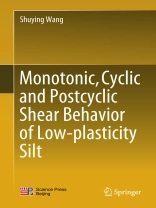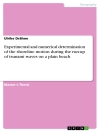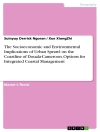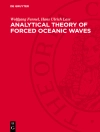This book gathers the main research findings on monotonic, cyclic and postcyclic shear behavior of low-plasticity. Drawing on the low-plasticity silt from the Mississippi River Valley, it determines that the silt’s critical state line can be changed due to liquefaction, and thus offers valuable insights and reference data for further investigations on soil mechanics and engineering applications to verify the above research findings.
Low-plasticity silt with a plasticity index of less than 10, though commonly found around the world, nonetheless differs greatly from sand and clay in terms of its shear behavior. Failure to take into account the differences in shear characteristics between silt, clay and sand will lead to overconservative designs of offshore structures. In particular, dynamic loading from earthquakes, trains and ocean waves can set off the liquefaction of low-plasticity silt, and with it, major disasters and losses of properties. Additionally, some civil infrastructures have failed not only due to cyclic loading during an earthquake, but also due to reduction of shear strength or stiffness after that.
Table of Content
Introduction.- Preparation Approach of Low-plasticity Silt Specimens for Triaxial Testing.- Monotonic Shear Behavior of Low-plasticity Silt and Its Change with Soil Plasticity.- Liquefaction Characteristics of Low-plasticity Fine-grained Soil.- Postcyclic Compressibility of Low-plasticity Silt.- Postcyclic Shear Behavior of Low-plasticity Silt.- Effect of Cyclic Loading Magnitude on Shear Behavior of Low-plasticity Silt.- Reliquefaction Characteristics of Low-plasticity Silt.
About the author
Dr. Shuying Wang is an associate professor in the School of Civil Engineering at Central South University, China. He respectively obtained his B.E. and M.S. degrees there in 2005 and 2007 and then continued the graduate study and earned his Ph.D. degree in Missouri University of Science and Technology (Rolla, USA) in 2011. His research work focuses on mechanics of special soils and its application in tunnel engineering. He has got over twenty technical papers published in prestigious journals. Dr. Wang serves as an editorial board member for Journal of Testing and Evaluation (ASTM) and a reviewer for several journals.












